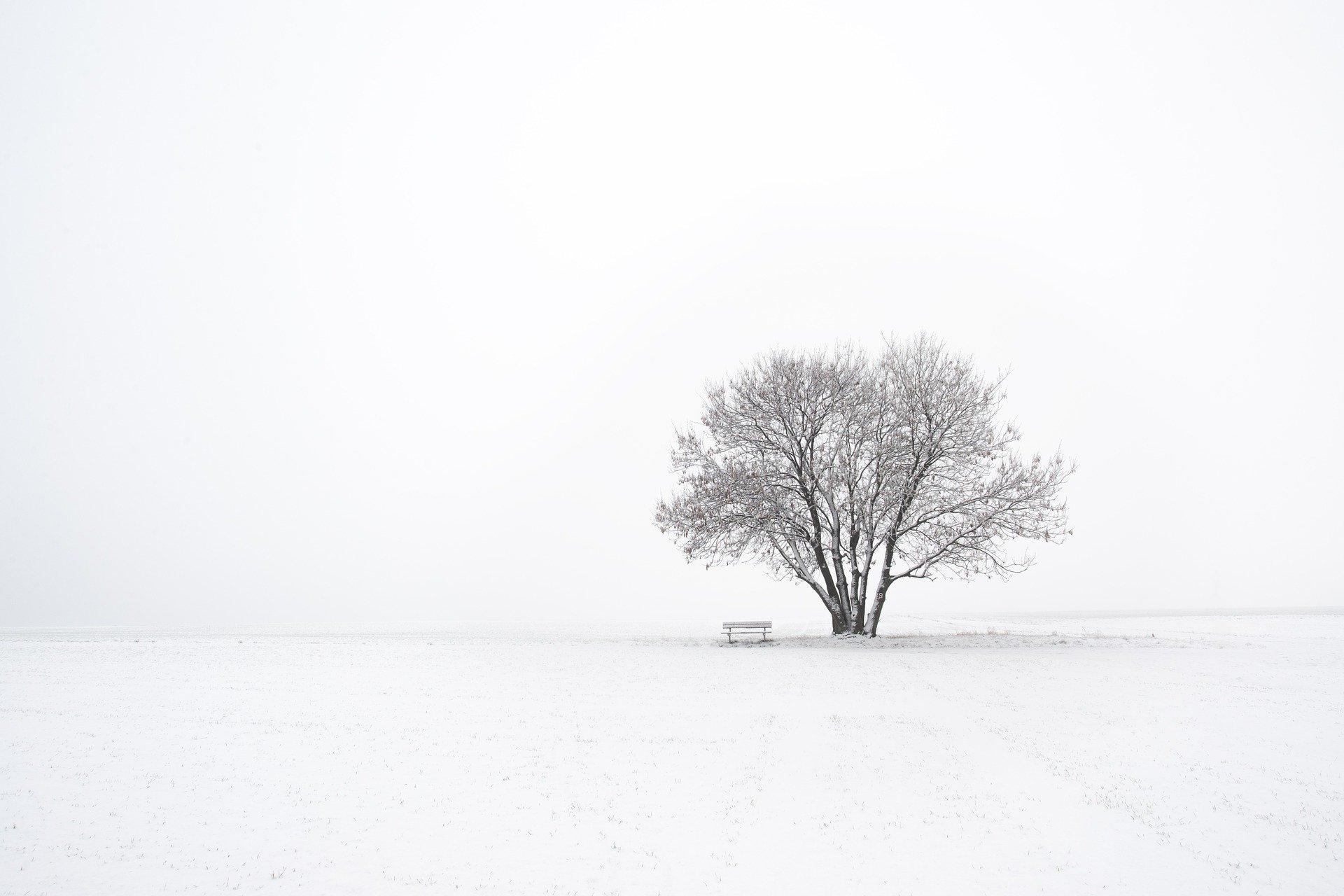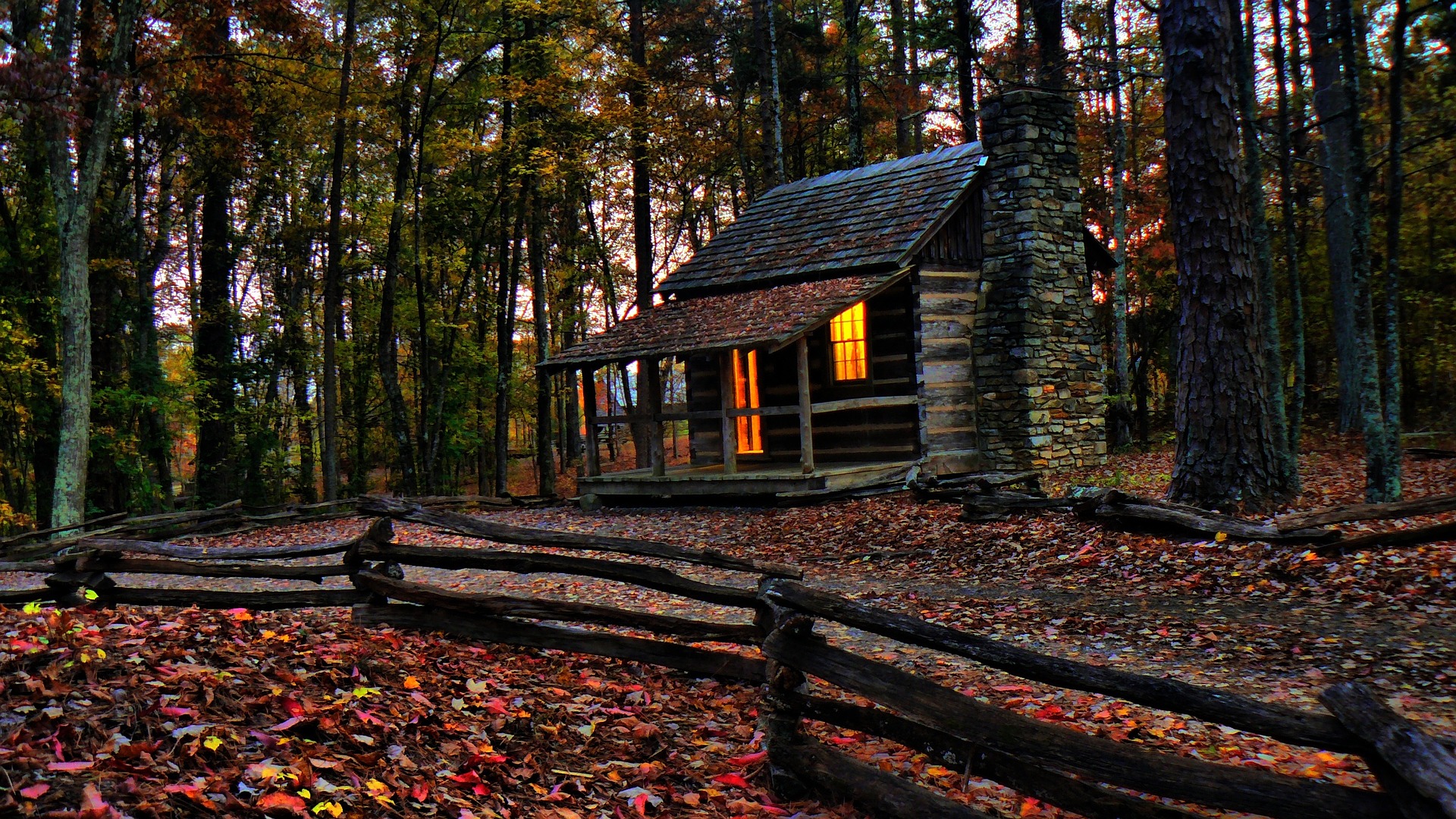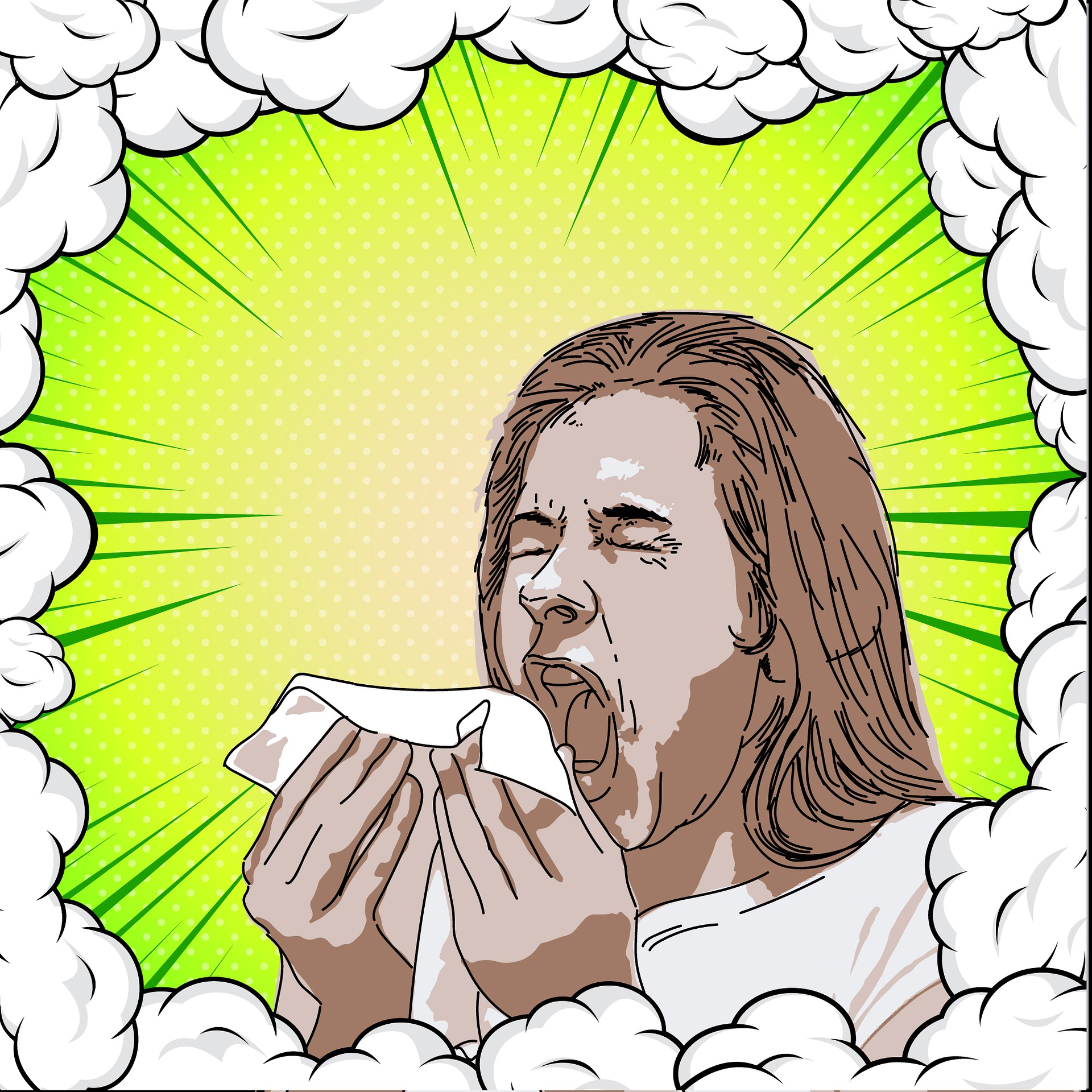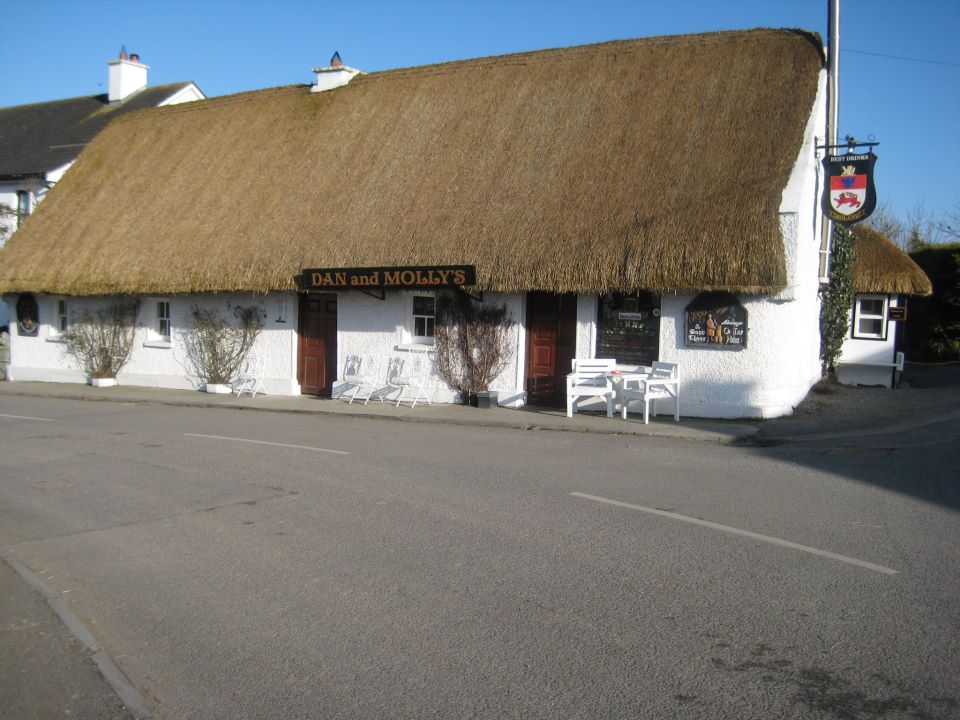When will the next recession hit?
According to some financial experts, the U.S. economy was flashing signals of the next recession back in 2019. An economic bull run that was a decade long would eventually lose steam at some point, after all. No one knew exactly when that point would be. Things changed in the winter of 2020, of course. A global pandemic that brought with it social-distancing measures and stay-at-home orders took an immediate toll on markets and unemployment. The “when” question about the next recession might have been swiftly answered. The most recent point of reference for a recessionary economy is the Great Recession, which officially started in 2008 and ended in 2009, though its after-effects dragged on longer. With the last financial crisis still fresh in people’s minds, it’s easy to wonder how the next one will compare.
Here’s how the next recession will likely be different from the last.
Unemployment trends
During the Great Recession, it took two years before U.S. unemployment hit its peak of about 10 percent. Even afterward, cautious employers were slow to hire, and unemployment slowly inched downward in a drawn-out recovery. This time around, almost 18 million people filed unemployment claims in about three weeks. The country hit double-digit unemployment very quickly. And this time around, the ranks of the unemployed were different than during the Great Recession. Workers in restaurants and bars, retail, and health and beauty businesses were the ones out of work, not bankers, loan officers, or stock pickers. When Lehman Brothers folded in 2009, 25,000 people lost their jobs, and when the recession ended, there was no company to go back to. When the next recession is over, or even when social distancing relaxes, there will be bars, restaurants, stores, and gyms to go back to.
Fewer fundamental flaws in the Next Recession
The reason Wall Street shed so many jobs in 2008 and 2009 is because that’s where the problems with the economy were. The world of finance was fundamentally flawed. Banks were over leveraged. The largest driver of the economy, real estate, was built on a house of cards, with sub-prime lending serving as a very shaky foundation. Banks lost billions and people lost their homes to what became a foreclosure crisis. The economy was not as flawed this time around. Sure, some analysts wondered aloud in 2019 how long the bull run could continue, but there was no sub-prime lending fiasco, unemployment was near an all-time low, and the stock market was at an all-time high. The factors of the next recession have been largely external rather than internal, unlike the last one.
Different types of bailouts
During the Great Recession, the government bailed out the “too big to fail” firms, the gigantic banks. Another wave of stimulus funding went to homeowners facing foreclosure. This time around, the government stimulus effort has been a bit different. When congress passed the Coronavirus Aid, Relief and Economic Stimulus Act (CARES), it included aid to small businesses. It included $600 per week federal unemployment benefits on top of states’ unemployment checks – more money into the pockets of out-of-work consumers. And unemployment benefits extended to the self-employed and freelancers, an unprecedented move. In short, the bailout went to a broader segment of society this time around.
The bottom line
For the foreseeable future, it will be tempting to compare any financial downturn to the one that occurred in 2008, just as the Great Depression is used for comparison 100 years later. But upon closer inspection, the next recession that will be caused by a pandemic is different from the Great Recession in at least a few significant ways.

























